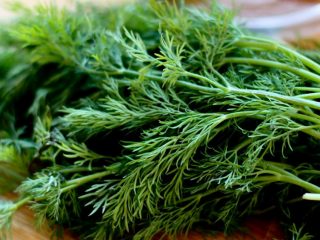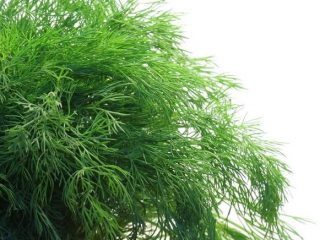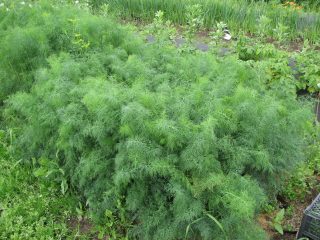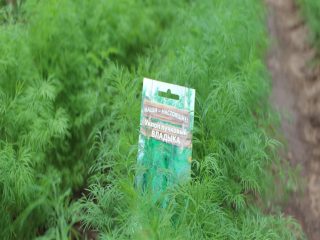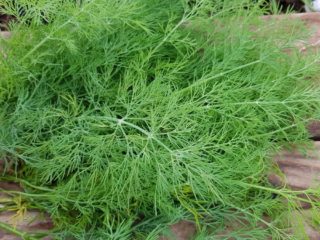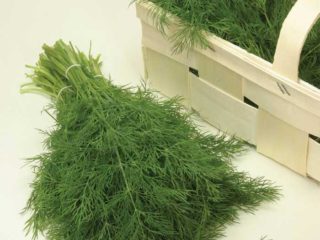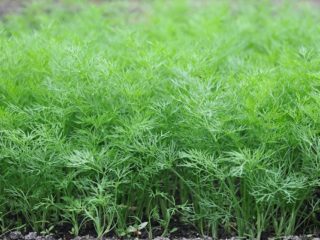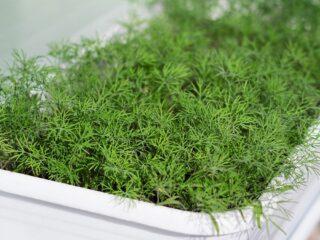Content
Although dill is one of the unpretentious spicy crops, not every gardener can grow it green and thick. Often, seedlings acquire a yellow or red tint, and sometimes seedlings are not only rare, but even absent altogether. Therefore, it is necessary to know the main reasons why dill does not grow in the garden. After all, only by following the basic rules of agricultural technology can you count on a good harvest.
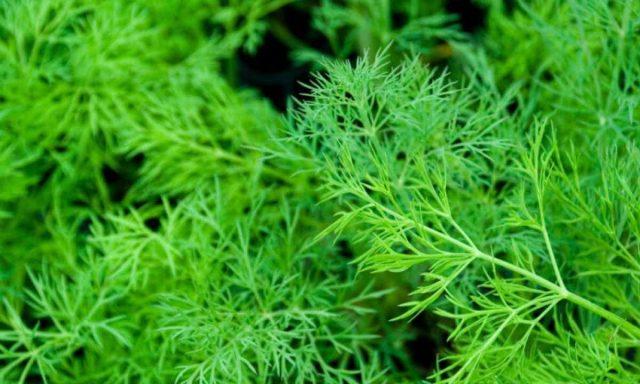
Dill is not only aromatic, but also a healthy crop
Why does dill grow poorly in the garden?
There are several common reasons why this herb does not grow in the garden. Only by analyzing each of them can you determine the provoking factor and neutralize it.
Poor quality seeds
Most often, the reason that dill grows poorly not only on the windowsill, but also in the garden are bad seeds. The quality of planting material directly depends on compliance with the rules of collection, timing and further storage. Any disregard of the recommendations in this case has a negative impact on seed germination. It is also worth considering that over time, each variety needs to be updated.Experienced gardeners insist that the planting material of this herb needs to be changed every two years, since over time it loses its species properties.
The reason that dill does not grow may be late planting. After all, when sowing crop varieties with a long growing season at the end of summer, they simply do not have time to increase the green mass before the arrival of persistent cold weather.
Unsuitable soil
Sometimes dill does not grow on the site due to unsuitable soil. This culture prefers loose, nutritious soil with a neutral acidity level. Therefore, dill reacts negatively to the addition of dolomite flour or wood ash in large quantities to the soil. Because this leads to its alkalization. In this case, it not only does not grow, but also turns red.
Spicy crops develop poorly even on depleted soil. With a lack of nutrition, the crop does not grow leaves and has a dejected appearance. It is also worth considering that herb does not grow even in the absence of periodic loosening of the soil throughout the entire growing season. This leads to the fact that its root system lacks oxygen, which negatively affects the development of seedlings.
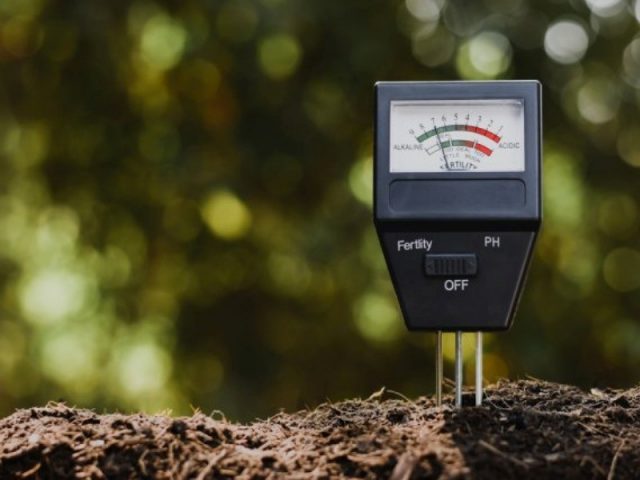
The optimal acidity level for dill is 6.5-7.5pH
Lack of lighting
This spicy herb belongs to the light-loving category. However, it is able to fully develop even with light shading at noon. But it is worth considering that dill does not grow in the garden under the canopy of trees and shrubs if it lacks light. In this case, its stems become thinner and the leaves become pale.This occurs against the background of a disruption in the process of photosynthesis, which leads to disruption of metabolic processes in tissues, as a result of which the grass does not grow.
Incorrect landing
Improper sowing can also negatively affect the further development of seedlings. First of all, this concerns excessive deepening of seeds during planting. This leads to the sprouts spending a lot of energy at the initial stage. Therefore, it is recommended to plant herbs in the soil no deeper than 2 cm.
Sometimes gardeners note that dill does not grow in the country when already sprouted seeds have been planted. This occurs if planting was carried out in dry soil, which led to the death of the sprouts.
Dill requires sufficient free space, so it does not grow in dense plantings. Therefore, it is recommended to thin out the seedlings several times at the initial stage and, if necessary, throughout the growing season.
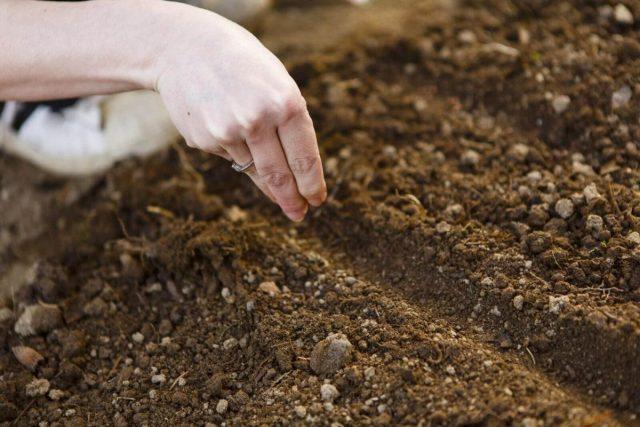
It is necessary to plant herbs at the rate of 1 g per 1 sq. m
Improper care
This crop is undemanding to care, but some rules of agricultural technology still need to be strictly followed to obtain a good harvest. Watering is extremely important for dill in the absence of rain for a long time. It should be carried out 2-3 times a week, using settled water at a temperature of +18-20 °C. However, it is worth understanding that the plant reacts poorly to stagnant moisture in the soil. Therefore, overwatering should not be allowed, and therefore it is recommended to periodically loosen the soil at the base of the seedlings in order to maintain air access to the roots.
Dill grows poorly in the garden and with a lack of nutritional components.Therefore, like other agricultural crops, it requires periodic feeding.
Pests and diseases
In some cases, dill does not grow and even dies as a result of it being damaged by fungal diseases. The most common of them are fomoz, fusarium wilt, and powdery mildew. Diseases develop at high air and soil humidity.
Dill also does not grow when damaged by pests. Most often he is annoyed by aphids, striped stink bugs, umbrella moths, and carrot flies. As a result of the damage, dill does not grow, loses vitality and, if not treated in a timely manner with special preparations, may die.
What to do if dill grows poorly in the country
To correct the situation, you must first check the acidity of the soil in the area. To do this, you can use special litmus strips, which are sold in the store. In case of increased acidity, it is necessary to add a little wood ash to the top layer of soil. And when alkalizing the soil, it is recommended to water the dill with a solution at the rate of 1 tsp. citric acid per 10 liters of water.
Also, if dill grows poorly, then it needs to be fed. For this, it is recommended to use organic matter, namely chicken manure 1:15 or mullein 1:10. To successfully grow herbs, it is recommended to adjust its watering, depending on weather conditions, and also worry about periodically loosening the soil in the garden bed and weeding.
If dill does not grow due to disease, then it is necessary to spray or water the seedlings with a solution of Fitosporin.And if there are pests, you need to treat the dill with Fitoverm.
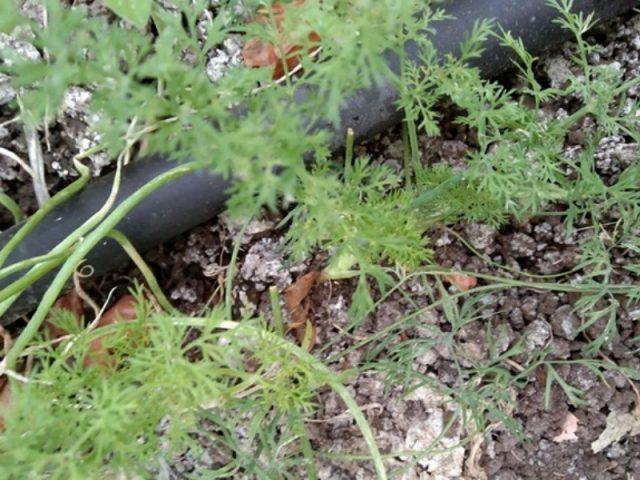
Drip watering is recommended for dill.
Preventive measures
To avoid later encountering the problem that dill does not grow well, it is necessary to adhere to simple preventive measures. The yield of herbs in the current season directly depends on how well they are observed.
Basic preventive measures:
- choose a well-lit place for dill;
- At the site preparation stage, add humus to the soil at the rate of 10 kg per 1 sq. m. m;
- observe crop rotation;
- thin out the plantings until the seedlings grow to 15 cm;
- regularly weed and loosen the soil;
- update the variety every three years;
- pre-soak and disinfect planting material.
Conclusion
If dill does not grow in the garden, then the situation can be corrected after the cause of the problem has been established. In the future, it is recommended to adhere to certain preventive measures, which will allow you to get a good harvest without any special difficulties.
